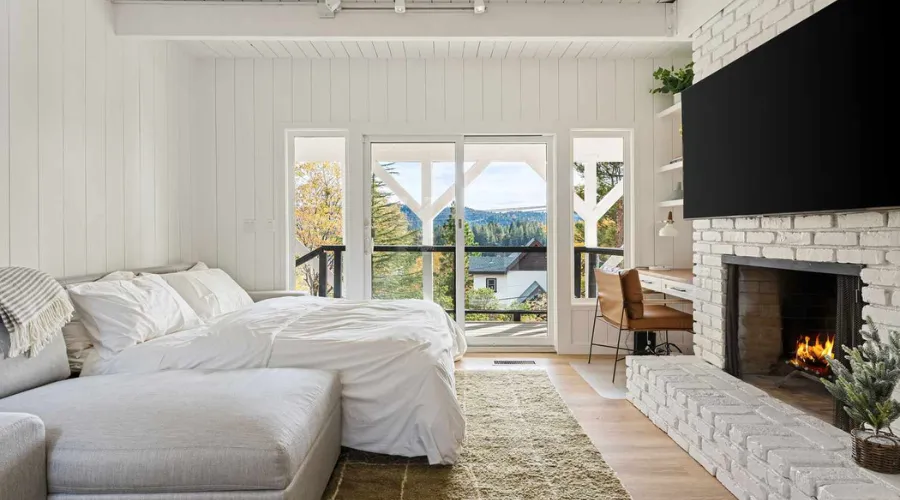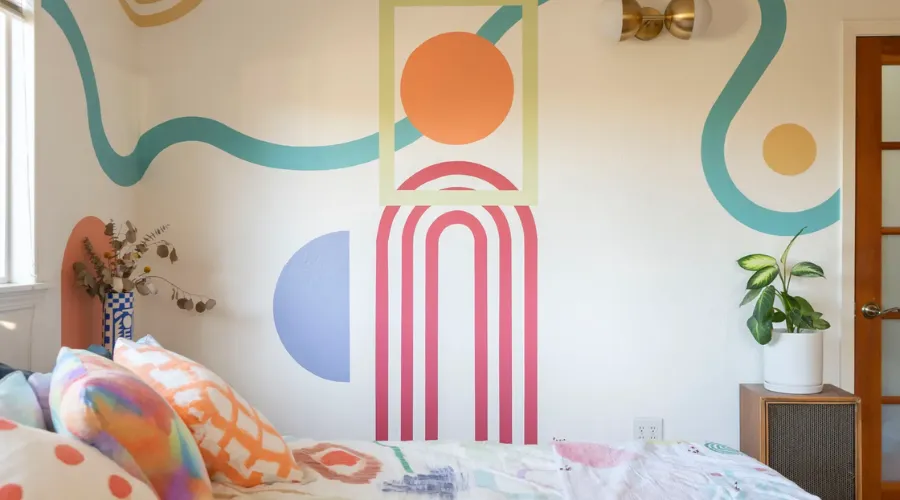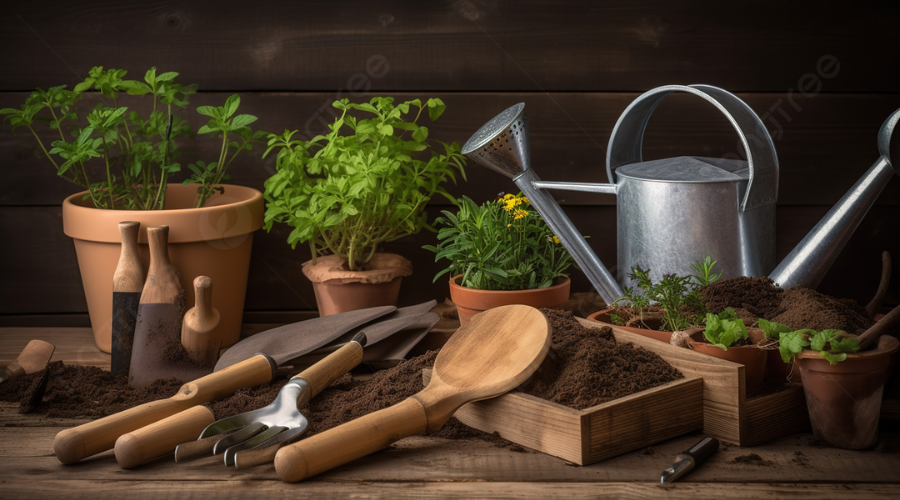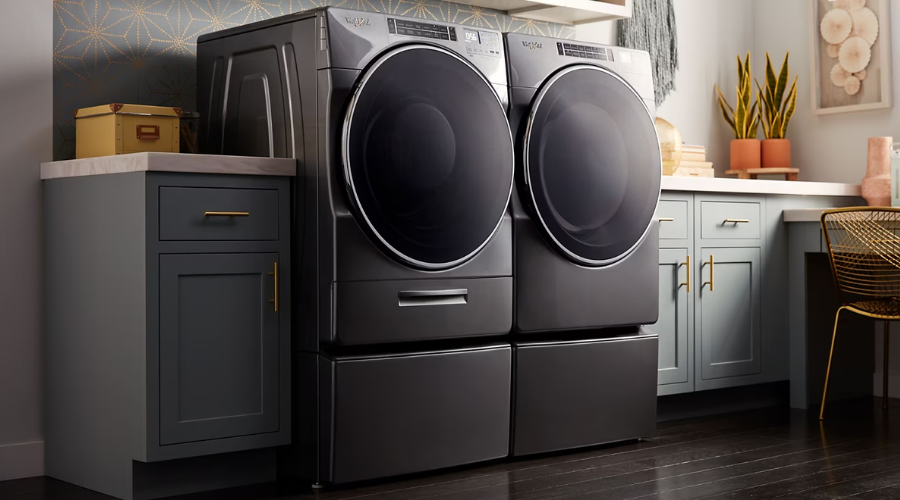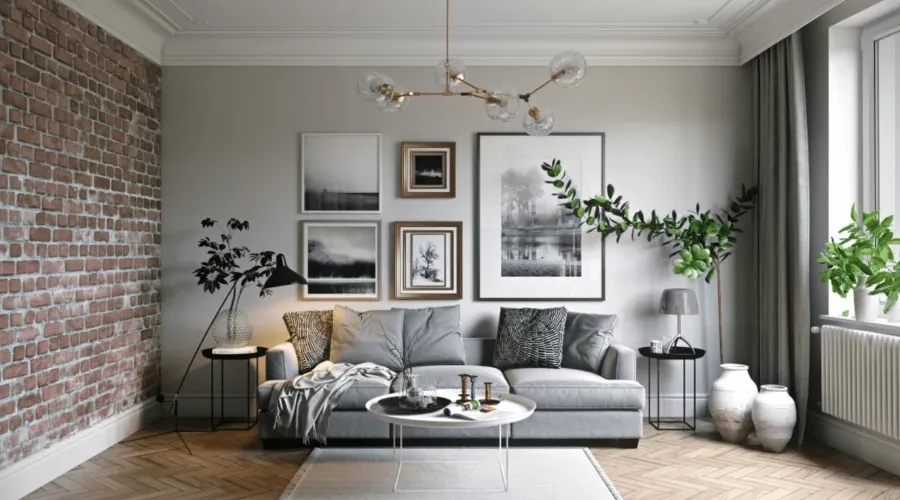
In the realm of creating harmonious and aesthetically pleasing living and working spaces, interior design stands as the key player. It is the art and science of enhancing the interior of a building to achieve a healthier and more aesthetically pleasing environment for the people using the space. Interior design encompasses a myriad of elements, including color schemes, furniture selection, lighting, and spatial arrangements. In this comprehensive guide, we will delve into the world of interior design, exploring its principles, trends, and the transformative impact it can have on any space.
The Essence of Interior Design
At its core, interior design is about crafting spaces that not only look stunning but also function seamlessly. It involves a thoughtful and strategic approach to optimizing the use of available space while considering the inhabitants’ needs and preferences. Interior designers are akin to storytellers, using the language of design to narrate the tale of a space. They play with colors, textures, and shapes to create an immersive experience that reflects the personality and purpose of the space.
Principles of Interior Design
To create a visually appealing and functional interior, designers adhere to several fundamental principles:
- Balance: Achieving balance in a space is crucial. It involves distributing visual weight evenly, whether it be through color, texture, or furniture placement. There are two types of balance – symmetrical (mirror-like arrangement) and asymmetrical (visual balance without mirroring).
- Unity and Harmony: Unity and harmony bring a sense of cohesion to a space. This involves creating a consistent theme or style throughout the space, ensuring that every element complements the others.
- Rhythm and Repetition: Just as in music, rhythm in design helps establish a flow within a space. Repetition of patterns, colors, or shapes contributes to a cohesive and visually pleasing design.
- Contrast: Contrast adds interest to a space by highlighting differences. This can be achieved through the use of color, texture, or scale, creating focal points that capture attention.
Trends Shaping the World of Interior Design
Interior design, like any other art form, evolves with time, embracing new trends and bidding farewell to the old. Staying abreast of these trends can inspire fresh ideas and keep your space looking contemporary. Let’s explore some of the prominent interior design trends that have been making waves.
Sustainable Design for a Greener Tomorrow
Sustainability has become more than just a buzzword; it’s a way of life. In interior design, this trend has manifested in the form of eco-friendly materials, energy-efficient lighting, and a focus on creating spaces that promote well-being. From reclaimed wood furniture to energy-efficient appliances, sustainable design is not only chic but also a responsible choice.
The Rise of Biophilic Design
In an era dominated by technology, there’s a growing appreciation for reconnecting with nature. Biophilic design brings the outdoors inside, incorporating natural elements such as plants, natural light, and organic materials. This not only enhances the visual appeal of a space but also contributes to improved air quality and overall well-being.
Smart Homes and Technology Integration
As technology continues to advance, so does its integration into interior design. Smart home systems are no longer a luxury but a standard feature in many modern designs. From automated lighting and temperature control to voice-activated assistants, technology is seamlessly woven into the fabric of contemporary interiors, enhancing convenience and efficiency.
Transformative Power of Interior Design in Different Spaces
Whether it’s a cozy home, a bustling office, or a vibrant retail space, interior design has the power to transform any environment. Let’s explore how this art form plays a pivotal role in shaping different types of spaces.
Interior Design for Homes: Creating Personal Sanctuaries
Homes are personal sanctuaries, and interior design is the tool to make them truly special. From choosing the right color palette that reflects the inhabitants’ personalities to arranging furniture in a way that maximizes comfort, residential interior design is a blend of aesthetics and functionality. It’s about turning a house into a home, where every corner tells a unique story.
Office Spaces: Fostering Productivity and Creativity
In the corporate world, interior design goes beyond aesthetics; it becomes a strategic tool for enhancing productivity and fostering creativity. Thoughtful space planning, ergonomic furniture, and the right use of color can contribute to a conducive work environment. Collaborative spaces, breakout areas, and well-designed workstations are integral components of office interior design.
Retail Environments: Inviting and Engaging Customers
In the retail sector, interior design plays a crucial role in influencing customer behavior. The layout, lighting, and overall ambiance of a store can impact the shopping experience. Retailers leverage interior design to create inviting spaces that encourage customers to explore, engage, and make purchases. Visual merchandising is another aspect where design principles come into play to showcase products in the most appealing way.
Hospitality Design: Crafting Memorable Experiences
Hotels, restaurants, and other hospitality spaces aim to create memorable experiences for their guests. Interior design in this sector goes beyond aesthetics to consider functionality, comfort, and the overall guest journey. From the lobby to individual rooms, every space is meticulously designed to evoke a specific atmosphere and leave a lasting impression.
The Role of Interior Designers: Bringing Visions to Life
Behind every stunningly designed space is a skilled and creative interior designer. These professionals possess a unique blend of artistic flair and technical expertise. They work closely with clients to understand their vision, preferences, and requirements, translating them into tangible design concepts. From concept development and space planning to material selection and project management, interior designers wear many hats to ensure the successful execution of a design project.
In conclusion, interior design is a multifaceted discipline that goes beyond mere decoration. It’s about creating environments that enhance the quality of life, whether at home, work, or leisure. By understanding the principles of design and staying attuned to evolving trends, anyone can embark on a journey to transform their space into a masterpiece. So, whether you’re revamping your living room or overseeing the design of a commercial space, let the principles of interior design guide you in creating spaces that are not just beautiful but also functional and meaningful.

